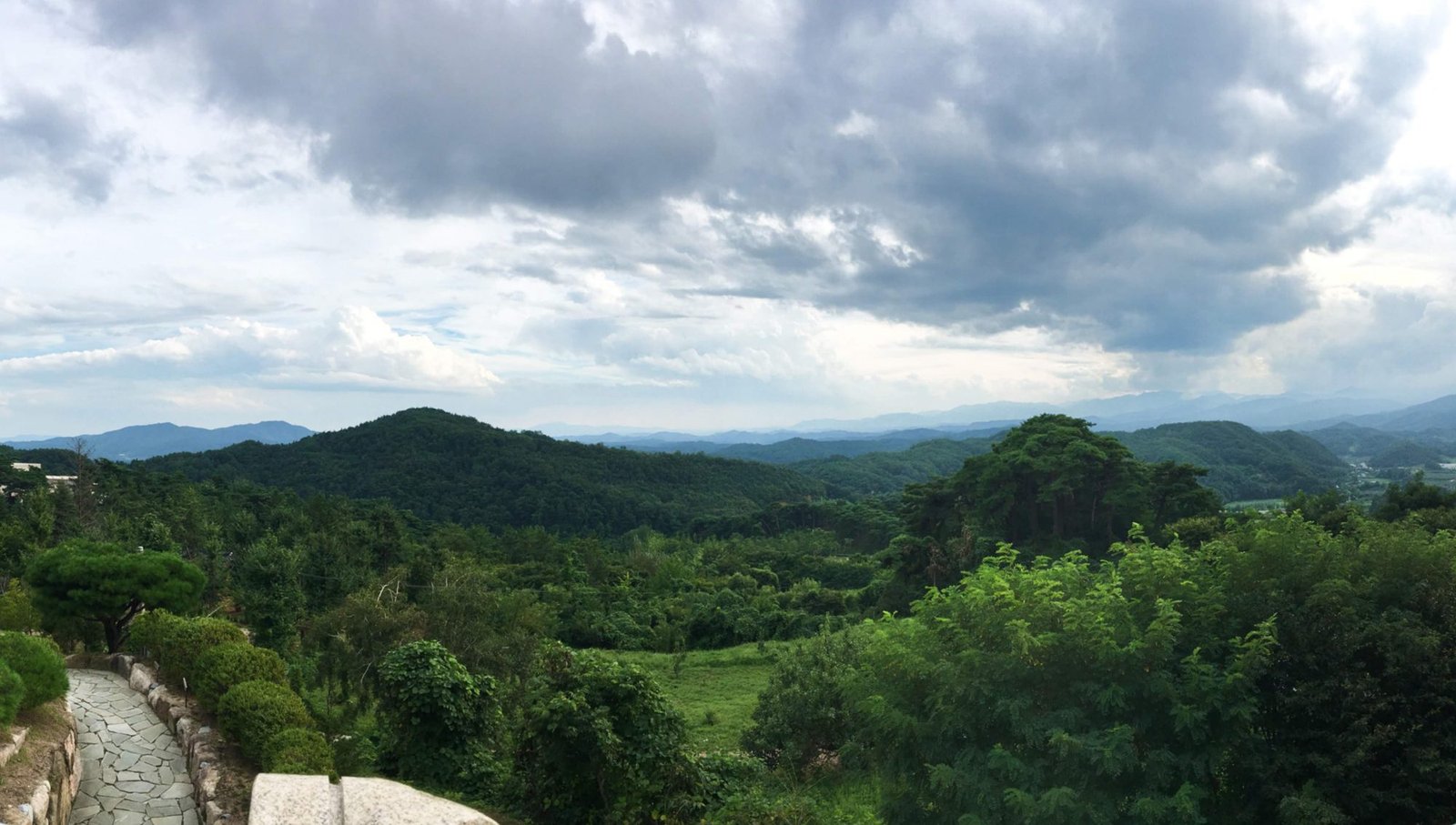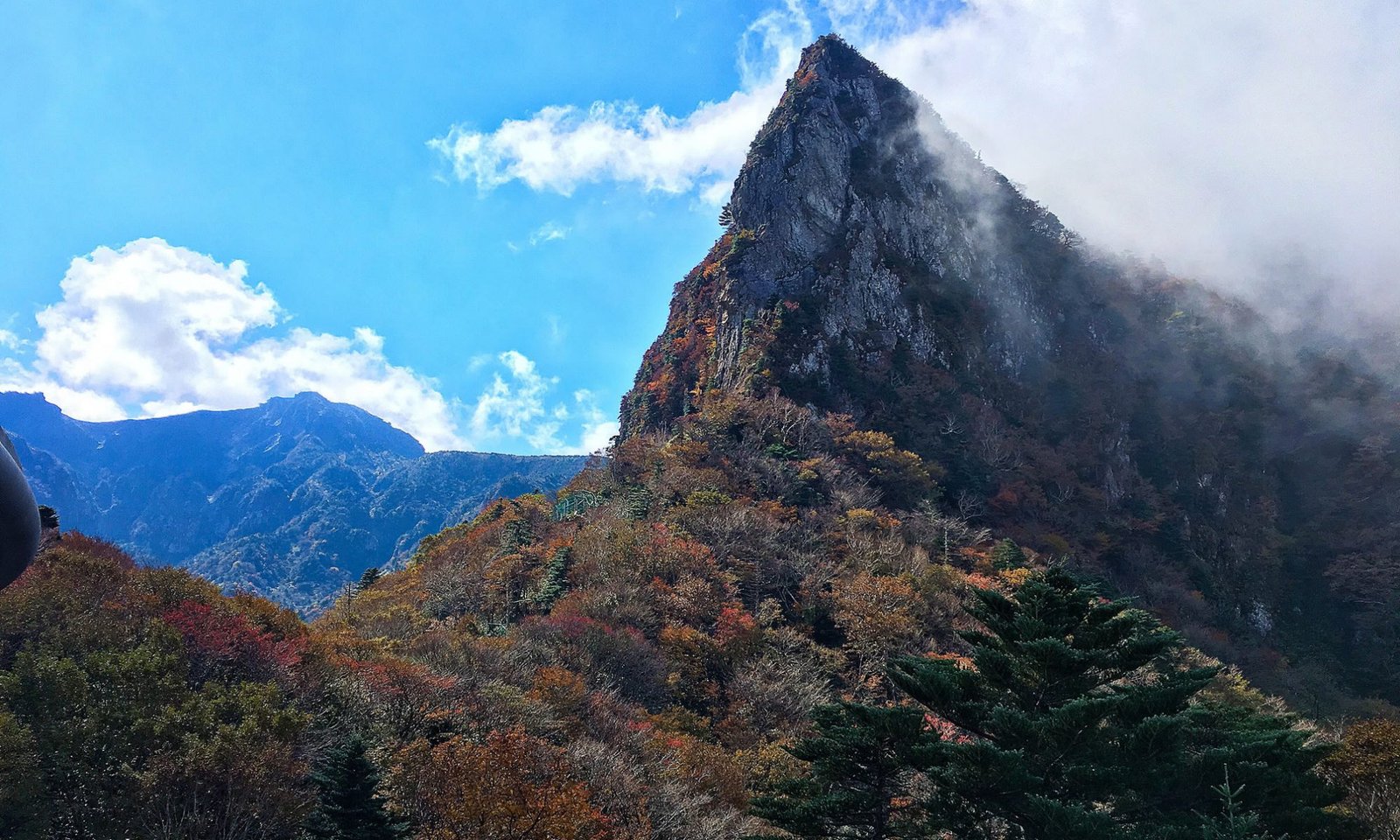This weekend my friends and I flew to Jejudo, a South Korean island sitting off the peninsula’s southern coast. The island is quite small, measuring 45 miles in length and less than 20 miles in width, with a population of just over 600,000 people. The island is historically famous for an uprising that took place in the late 1940s in response to the U.N. commission which had laid out plans to hold elections and institute a government for all of Korea. Guerilla fighters opposed to these plans attacked policemen and government officials, leading to a series of violent atrocities on both sides and ending in the deaths of thousands of people. Today, the island is a popular tourist destination, sometimes referred to as the “Hawaii of South Korea,” featuring beautiful scenery, dozens of hotels and resorts, and countless bars and restaurants.
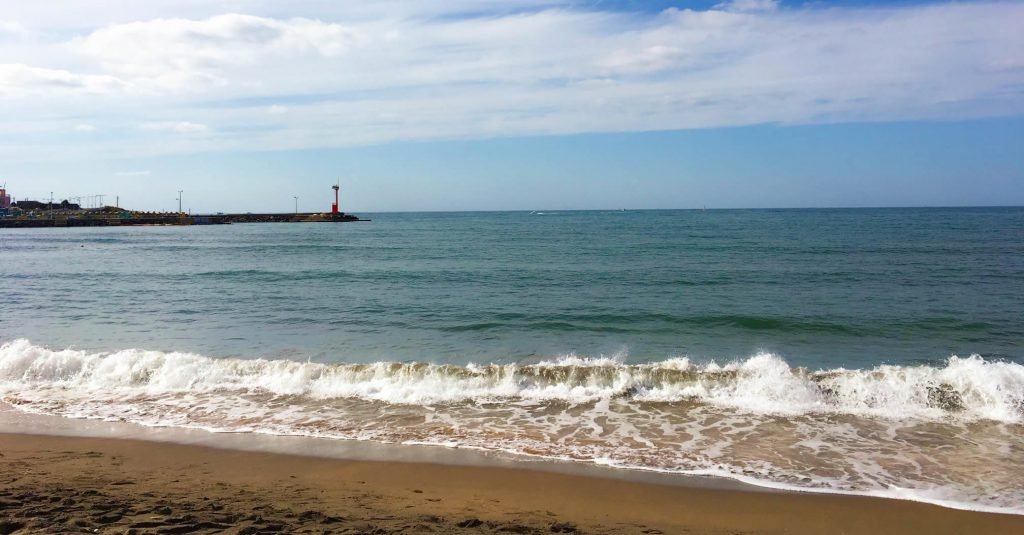
The flight to Jeju on Thursday night took only an hour from Gimpo Airport in Seoul. Interestingly, the Seoul to Jeju City route is the world’s busiest flight path, with more than 10 million passengers flying each year. This was no surprise to me, as the crowds at both Gimpo and Jeju Airport were massive. When we arrived it was after dark and we were all tired from a long day of classes, so we took a taxi straight to the apartment that we had rented for the weekend then set out to explore and find food.
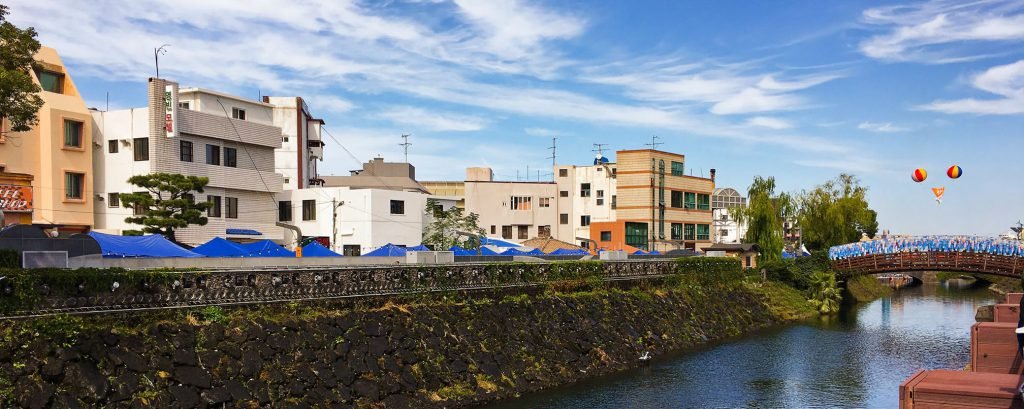
After walking around for awhile we found a small, hole-in-the-wall, traditional Korean restaurant that was still open, so we went in and sat down. We were the only ones there, so the owners took special interest in us. We ordered 김치찌개 (pronounced “kimchi jjigae,” or kimchi stew, a very popular Korean dish), and as we waited they continued to bring us snacks and drinks. We stayed there fairly late speaking “Konglish” with the owners, as they asked us questions about our lives at home, experiences in Korea, and offered suggestions for activities on the island. This was one of the first times I had engaged in prolonged conversation with older Korean people, but I enjoyed it and learned a lot. I was grateful for their interest and generosity to a bunch of Americans that they’d never met.
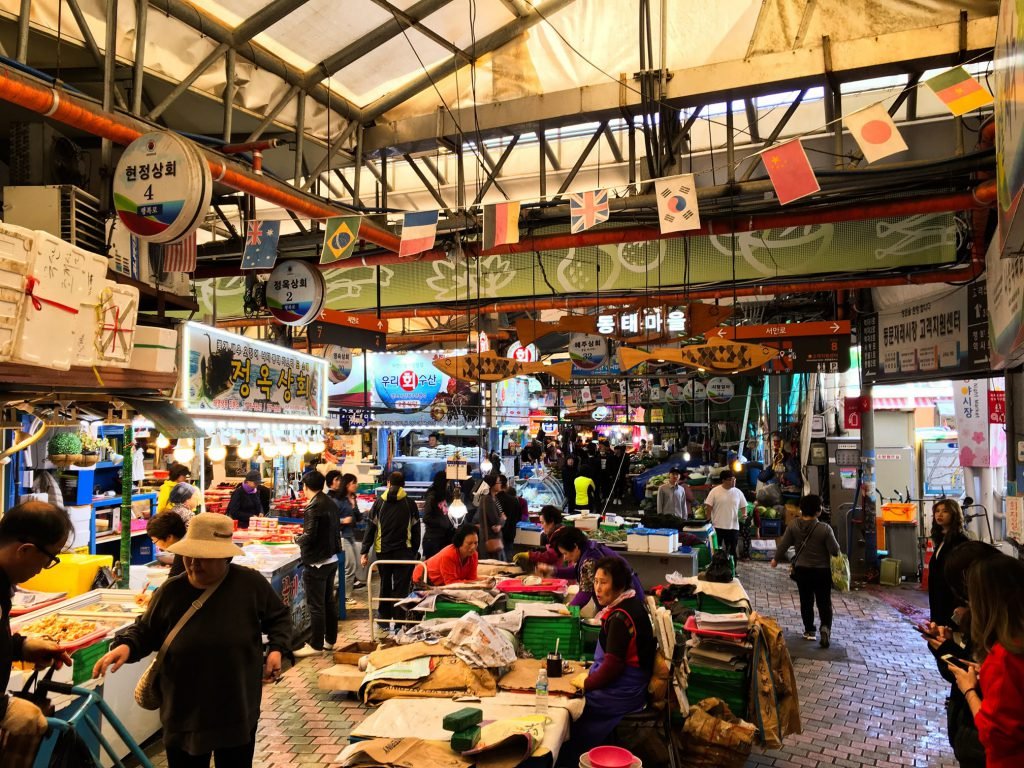
On Friday morning we went to explore downtown Jeju-si (Jeju City) and its many markets. The island is famous for its seafood, which is caught fresh daily, “black pig” pork, and its oranges. None of us were particularly in the mood for fish or pork, so we bought a few oranges and shared them for breakfast. They were delicious. Fresh produce is extremely expensive in Seoul, so it had been quite awhile since I had eaten an orange and the ones grown on Jeju are some of the best I’ve had. Later that afternoon, we went and enjoyed the nearby beach, alternating between napping, playing soccer, and watching the surfers. That night, we went out for Korean BBQ to try the pork from the black pigs that are indigenous to the island. It is supposed to have a taste distinct from pork of other common breeds, but if I am to be completely honest I cannot say that I noticed one. Perhaps my palate is not refined enough.
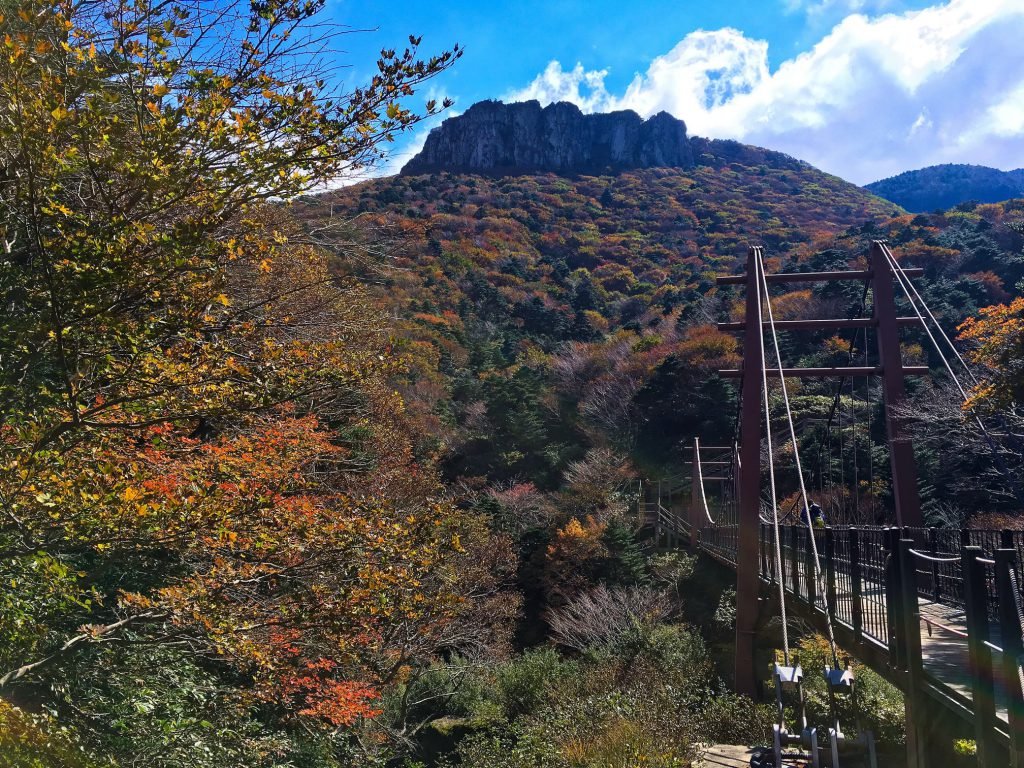
Finally, on Saturday morning we woke up very early (at the suggestion of the restaurant owners from Thursday night) to climb 한나산, or Mount Hallasan. Hallasan is the largest mountain in South Korea and is located directly in the center of Jeju. It is especially important to the people of Jeju, we were told, as there is a local saying which translates to “Jeju is Hallasan, and Hallasan is Jeju.” The mountain itself is actually a volcano, which gave way to the formation of the island. Hallasan’s tallest point is 6,398 feet above sea level, and a large volcanic crater caps the mountain. We started our ascent at 0800 and did not reach the top until 1230. Though the path was well traveled, the hike was still very steep and we stopped periodically to eat and hydrate. We stayed at the summit for about an hour, eating lunch, socializing with other hikers, and taking in the tremendous beauty above the clouds, then we began our hike down the other side. The descent took us another three and a half hours and was harder in many ways, but equally beautiful. The entire trek was about 18.5 kilometers (or 11.5 miles) and took us about 8 hours from start to finish. For the entire hike, I was blown away by how gorgeous the sights were, never expecting to find such incredible natural beauty in my travels to South Korea.
By the time we were finished, we were all exhausted and starving. We took a 40-minute bus ride back to Jeju City where we all got cleaned up, returned to the same restaurant from Thursday night to eat and share our experiences, then went back to the apartment and immediately crashed. The trip was short, but it was an incredible experience and absolutely worth the effort.

